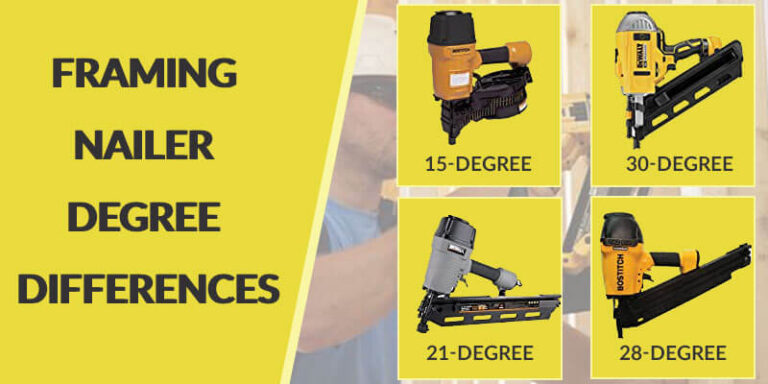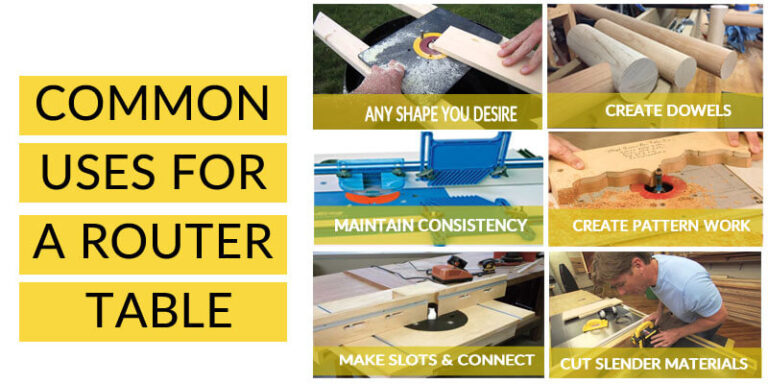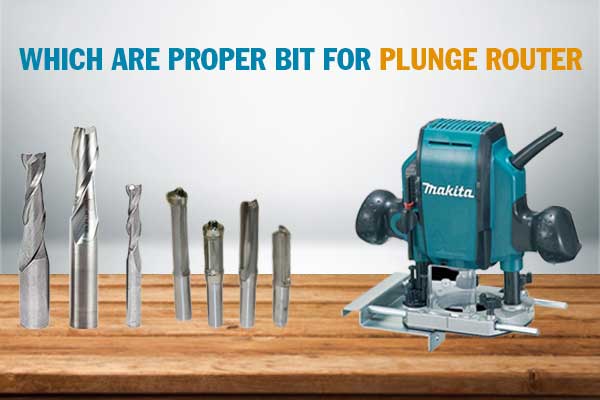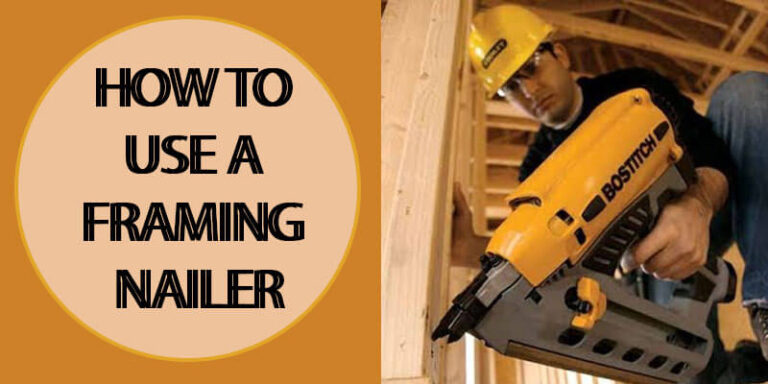Shaper vs. Router Table – Which One to Get?
Are you trying to build up your very own woodshop? Assuming that you are a woodworker, you must have several tools at your disposal, aside from tools, you also need the right machinery to aid your work.
Essentially, the use of router tables or shapers is to shape wood to create intricate crafts. However, both specialize in different qualities that set them apart. So, you must ask yourself, “what should I get?”
You can get both, but that would clutter up your workspace and take a significant toll on your budget. So, you should learn the differences between the two and get the one you believe your shop needs.
Shaper
Shapers are a type of machinery that focuses on cutting, much like a lathe. However, instead of using the helical cuts, lathes are famous for, they offer linear ones.
-
Speed
The shaper uses an inductive motor to get its job done. These usually don’t offer much in terms of Rotations per Minute (RPM). Generally, the speed of an induction motor stands at either 8,000 or 10,000 rpm. It achieves these speeds through a belt moving on a step pulley.
-
Power
Although the speed might seem lacking compared to the much faster routers, it more than makes up for it through its sheer size and power. This is a crucial aspect that sets a shaper apart from everything else – its power capacity.
These machines use four wings instead of the two wings that general industrial router tables use. This lets it dish out four times the cuts. So, even if there isn’t much RPM speed, it can still make up with cuts.
-
Price
The aforementioned added hardware makes the shaper much more expensive, as well. Nevertheless, the cost is justified by its higher capacity for swinging large bits. This machine can cut up to 5-inch diameter bits, drastically improving its capacity and ability.
-
Availability
Shapers are also hard to find. They are a type of specialized tool that’s only available in specialized stores. Nevertheless, due to their power capacity, they are often used in workshops that need near-daily operations.
Who Is It for?
It’s one of the top options for those who constantly deal with large workpieces and materials. These bits don’t even need the high cutting rpm, so shapers are the perfect tools for them.
You should note that this also renders it ineffective for smaller diameters. It can’t give them the kind of delicate care and precision needed. So, it’s less than ideal for small projects.
Pros
- Immense power and capacity
- Extremely effective in large factory settings
- Perfect for large wood due to its large bit size
- Often holds multiple wings that increase its capacity
Cons
- Very expensive
- Incompatible with small materials
Router Table
 Unlike a shaper, routers use low power but high repetition universal motors. It can be mounted on a table or used handheld that makes precise cuts with a bit running at high speeds.
Unlike a shaper, routers use low power but high repetition universal motors. It can be mounted on a table or used handheld that makes precise cuts with a bit running at high speeds.
-
Speed
These guys can dish out about 12,000 to 20,000 rotations per minute. It spins at high speeds while you run your materials across it to make the cuts. The router relies on its high speed to make its cuts.
-
Size
These are much smaller than shapers. They use smaller bits and need to operate at higher speeds to work. It’s ideal for people who are going for smaller projects rather than larger ones.
This is because routers have a small panel raiser, reaching a maximum of just three and a half inches in diameter as opposed to the much larger shaper. While they can’t accommodate larger pieces, it’s more or less perfect for small ones.
-
Price
Since they are much smaller in stature and require less machinery, they are much cheaper than a shaper. As such, they are mostly part of the home and small factory use.
-
Portability
They don’t weigh nearly as much as shapers do, so you can carry them around with more ease. However, it’s the ability to unmount the main tool that makes it special. So, you can choose to use it without the table whenever you need it, adding to its portability.
Who Is It for?
They are the preferred option for household usage and small workshops. You can dish out a lot of unique shapes at an affordable price, which you wouldn’t be able to do otherwise.
What makes it so vital for smaller tools is the superb rotation speed. It can make the precise cuts you need to form dowels, join, and so on. So, if you’re leaning less towards industrial use and more towards small projects and home use, then the router is the ideal option for you.
Get More Information About Router Table:
Pros
- Highly affordable and available
- Fast RPM makes it perfect for smaller materials
- Easy to use and maintain
- Portability makes it much more convenient
Cons
- Isn’t suitable for larger pieces
- Insufficient for industrial use
Conclusion
Now that you’re well versed in both shapers and routers, you should have a clear grasp on which one you need and which one you don’t. However, if we were to choose we would say that the router is the better choice.
Its high rotation speeds, ease of use, and affordability makes it a perfect choice for any woodworker. In fact, it’s one of the essentials that every woodworker must have in their workshops.
As amazing as shapers are, you don’t need to buy one unless you’re dealing with industrial-grade work. However, the ultimate choice is still up to you. Whatever you pick, make the most of it and introduce your crafts to the world!





